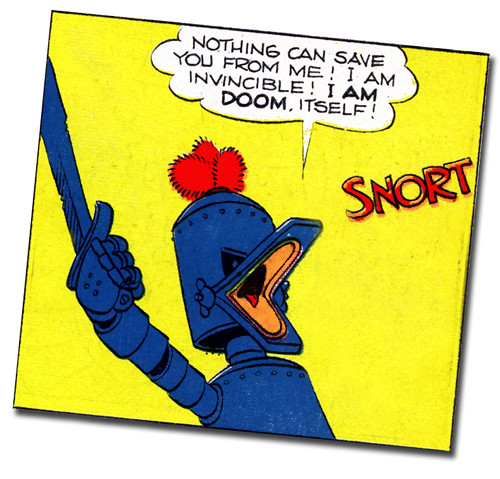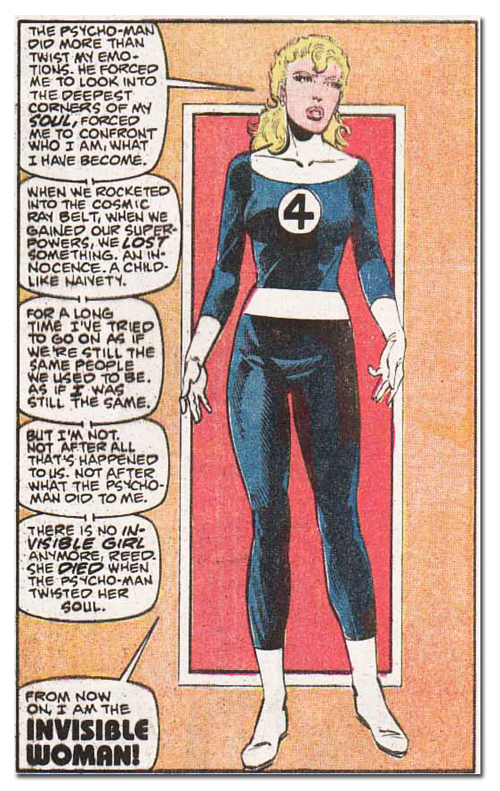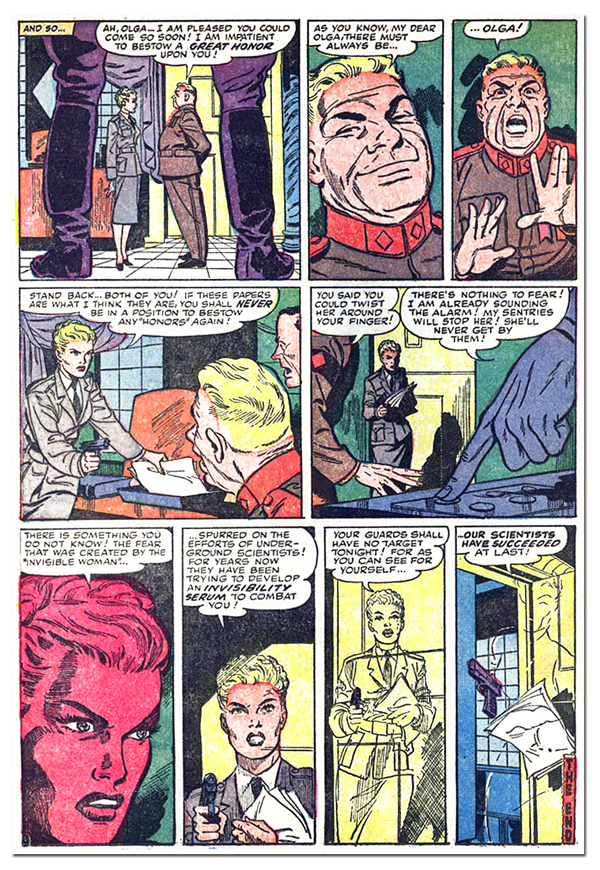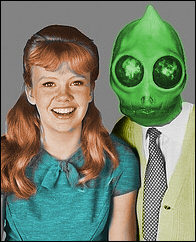 There is a sort of a general interest from hard core comic book fans and even a small collector's market for the prototype "first appearances" of characters that at least for Marvel could be found published in the science fiction and horror anthology titles of the 1950s as one-shot stories. These early character concepts of what would later be established figures of the Marvel lines shouldn't be considered "dry runs" so much as space filler for the varied books Atlas/Marvel was producing at the time. In most cases the character being tweaked and retooled and used again is likely a coincidence. Creators working to provide a large amount of steady content would inevitably produce an idea or two that would have similarities to something that would be used later in other books. This isn't to say that some ideas were not purposefully recycled as a favorite theme of the creators or as proof-of-concept stories like DC's first Supergirl story that predated the Silver Age version of Kara Zor-El.
There is a sort of a general interest from hard core comic book fans and even a small collector's market for the prototype "first appearances" of characters that at least for Marvel could be found published in the science fiction and horror anthology titles of the 1950s as one-shot stories. These early character concepts of what would later be established figures of the Marvel lines shouldn't be considered "dry runs" so much as space filler for the varied books Atlas/Marvel was producing at the time. In most cases the character being tweaked and retooled and used again is likely a coincidence. Creators working to provide a large amount of steady content would inevitably produce an idea or two that would have similarities to something that would be used later in other books. This isn't to say that some ideas were not purposefully recycled as a favorite theme of the creators or as proof-of-concept stories like DC's first Supergirl story that predated the Silver Age version of Kara Zor-El.
There were a few stories during the Atlas and pre-Fantastic Four era of Marvel where ideas that appeared previously were later seen again in launching the company's foray into super hero comics. The original "Hulk" was later revived as Xemnu the Titan and there was even a prototype Thing before the first appearance of Ben Grimm in the Fantastic Four. The story of Ant-Man began as non-heroic scientist Hank Pym accidentally shrunk himself and faced peril. Doctor Druid/Doctor Strange had a prototype mystic in a recurring series though that may be a bit of a stretch to compare Strange to anything other than the basic idea of a magician adventurer considering where Ditko took the series once he hit his stride. The mutant Tad Carter appeared in Amazing Fantasy #14 in what I long considered an early depiction of Professor Xavier and the tale itself was probably recycled from an earlier story long before the debut of the X-Men. John Byrne later revisited Tad Carter in one of his series in a story arc I have chosen to ignore ever happened.
that appeared previously were later seen again in launching the company's foray into super hero comics. The original "Hulk" was later revived as Xemnu the Titan and there was even a prototype Thing before the first appearance of Ben Grimm in the Fantastic Four. The story of Ant-Man began as non-heroic scientist Hank Pym accidentally shrunk himself and faced peril. Doctor Druid/Doctor Strange had a prototype mystic in a recurring series though that may be a bit of a stretch to compare Strange to anything other than the basic idea of a magician adventurer considering where Ditko took the series once he hit his stride. The mutant Tad Carter appeared in Amazing Fantasy #14 in what I long considered an early depiction of Professor Xavier and the tale itself was probably recycled from an earlier story long before the debut of the X-Men. John Byrne later revisited Tad Carter in one of his series in a story arc I have chosen to ignore ever happened. One of those early character concepts that was used to great success much later was originally published in Journey Into Mystery #43 (February 1957). In that issue of the Atlas title there is a story featuring a character somewhat similar to the Invisible Girl, who appeared several years before the debut of the flagship character in Fantastic Four #1 (November 1961). The story features an unseen assassin known only as the Invisible Woman. The invisible assassin is terrorizing the populace of a communist country by murdering in a public venue those people hostile to the Marxist power structure. It is revealed during the story that the killings are performed through trickery by commies the better to scare helpless civilians into obeying their rule out of the fear that they can be severely punished, publicly, anytime and anywhere with no means to defend themselves. In a twist that is typical of the stories of the time a real Invisible Woman makes herself known to the leadership after taunting them and stealing their secret documents, undoing their nefarious plans of brutal oppression of the working peoples who only yearn to breathe free.
One of those early character concepts that was used to great success much later was originally published in Journey Into Mystery #43 (February 1957). In that issue of the Atlas title there is a story featuring a character somewhat similar to the Invisible Girl, who appeared several years before the debut of the flagship character in Fantastic Four #1 (November 1961). The story features an unseen assassin known only as the Invisible Woman. The invisible assassin is terrorizing the populace of a communist country by murdering in a public venue those people hostile to the Marxist power structure. It is revealed during the story that the killings are performed through trickery by commies the better to scare helpless civilians into obeying their rule out of the fear that they can be severely punished, publicly, anytime and anywhere with no means to defend themselves. In a twist that is typical of the stories of the time a real Invisible Woman makes herself known to the leadership after taunting them and stealing their secret documents, undoing their nefarious plans of brutal oppression of the working peoples who only yearn to breathe free.
It is interesting that in 1957 the freedom-loving Olga was referred to as a Woman, whereas a few years later by 1961 Susan Storm, one fourth of the Fantastic Four was labeled as the presumably less-threatening sobriquet of Girl. I think the reasons for this are obvious from the viewpoint of selling comic books on the news stands. To a young boy, who were the primary market for comic books in the early 1960s, "women" are scary adults and are authority figures like a Mom who could send you to your room, while "girls" are seen as harmless like a little sister you can push around or as the occasion demands, protect from bullies. Olga was an accomplished, gun-wielding, confident cold war secret agent who infiltrated the corridors of power and bravely let an underground faction of scientists experiment on her. In contrast Sue Storm spent several decades as a professional hostage who whined a lot and worried if she would be loved. It wasn't until the 1980s that Sue changed her name from Girl to Woman (even though her personality had matured a bit in recent years thanks to various creative teams) under the scripting of John Byrne and then only after she was traumatized by a super-villain.
 Tags: Invisible Woman
Tags: Invisible WomanNote: Even earlier there was a 1940s comedy science fiction film called The Invisible Woman but all one could possibly learn from that flick is that when women and booze get together appearance is no longer important. You need to have seen the film to understand what I mean.




























Funnily enough in the Dutch translations of the Fantastic Four comics, she had been the Invisible Woman for years at that point...
ReplyDeleteIn Challengers of the Unknown #3 A character goes up in a spaceship and when he comes back he exhibits powers including invisibility and fire. This was in 1958 and written and drawn by some guy named Kirby.
ReplyDeleteAnother test-run!?
ReplyDelete